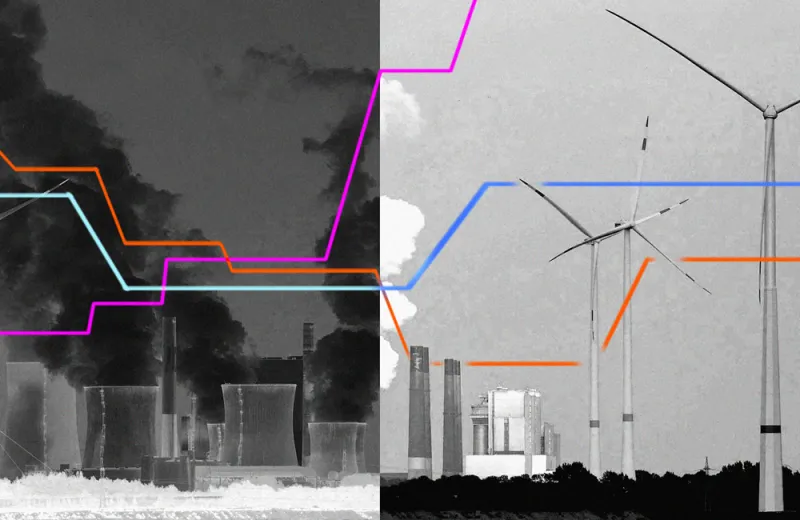With the rise of new, more comprehensive environmental, social, and governance metrics, aligning portfolios with ESG standards is becoming increasingly complex.
For years, there were two key ways to measure climate risk in an investment portfolio: carbon emissions and intensity. But, since 2018, an array of new climate risk metrics — carbon footprint, carbon transition pathway, carbon transition and physical risks — have emerged, according to Amundi Asset Management quantitative researchers Théo Le Guenedal and Thierry Roncalli.
In a study titled “Portfolio Construction with Climate Risk Measures,” Le Guenedal and Roncalli argue that the new metrics impact the ability of institutional investors to optimize portfolios between portfolio alignment, or adherence to climate policies such as Paris Agreement benchmarks and net-zero objectives, and decarbonization — tracking a benchmark while taking less carbon risk.
“While portfolio decarbonization is a static problem, portfolio alignment implies a dynamic strategy in order to comply with a given climate policy,” Le Guenedal and Roncalli wrote. “Therefore, the dynamic problem is trickier since it involves several rebalancing decisions and depends on the future behavior of corporate issuers.”
The authors attributed the increasing complexity of portfolio alignment to the rising number of climate risk metrics that have popped up over the last few years.
“Portfolio alignment requires new metrics that are more difficult to estimate, implying more uncertainties about the portfolio solution,” Le Guenedal and Roncalli wrote.
Meanwhile, decarbonizing portfolios has become more difficult with the inclusion of “scope 3” carbon emissions.
Carbon emissions are divided into three categories, or scopes, by the Greenhouse Gas Protocol, a global standardized framework that’s used to measure greenhouse gas emissions by companies. Scope one refers to emissions resulting from “sources that are owned or controlled by the company,” while scope two covers indirect greenhouse gas emissions from energy purchases of heat, electricity, or steam. Scope three, the broadest category, includes other indirect emissions not covered by scope two, such as “the extraction and production of purchased materials and fuels,” according to the paper.
“This is a big issue because asset owners and managers are encouraged by regulators and the society to go beyond scope 1 and 2,” the authors wrote. “Since aligning portfolios with scope 3 is becoming the standard approach to climate portfolio construction, the impact on portfolio management may be substantial, and the divergence between carbon investing and traditional investing will increase.”





